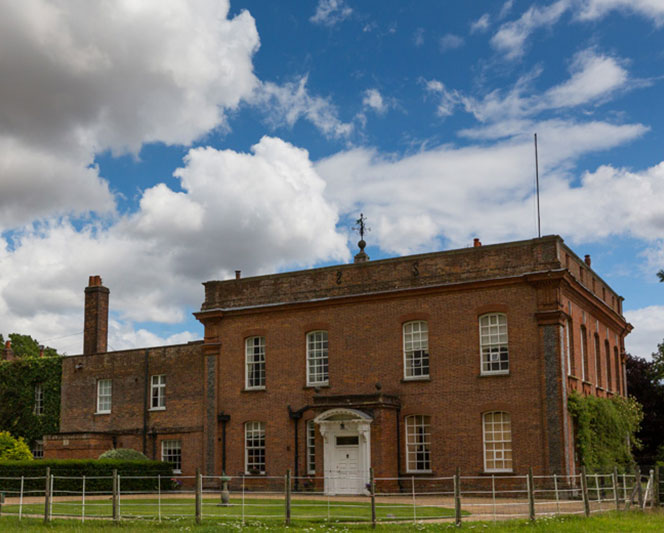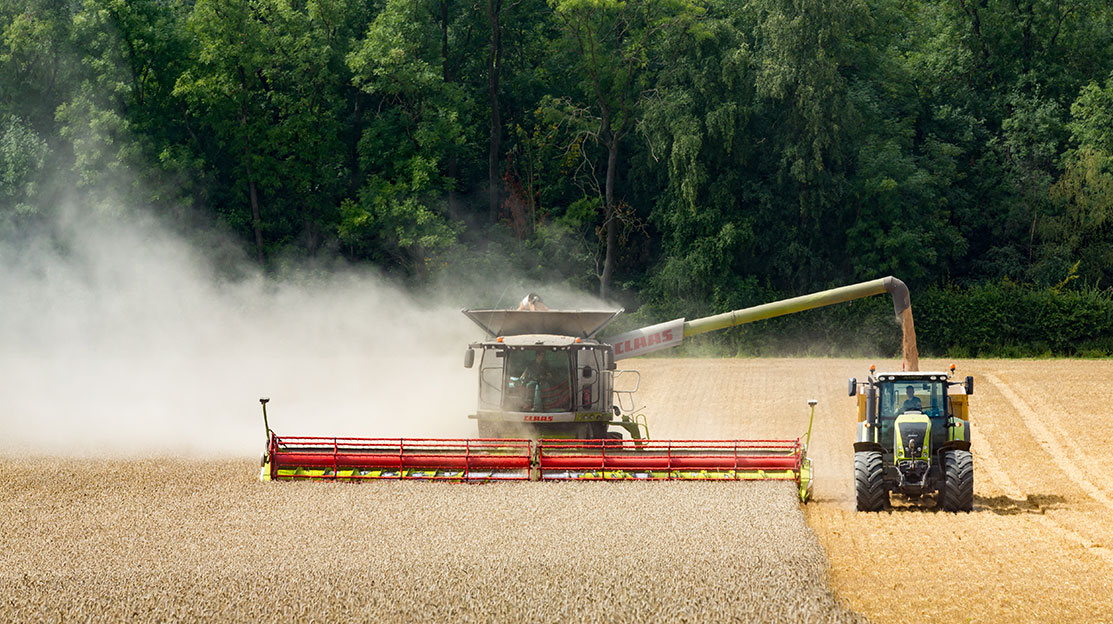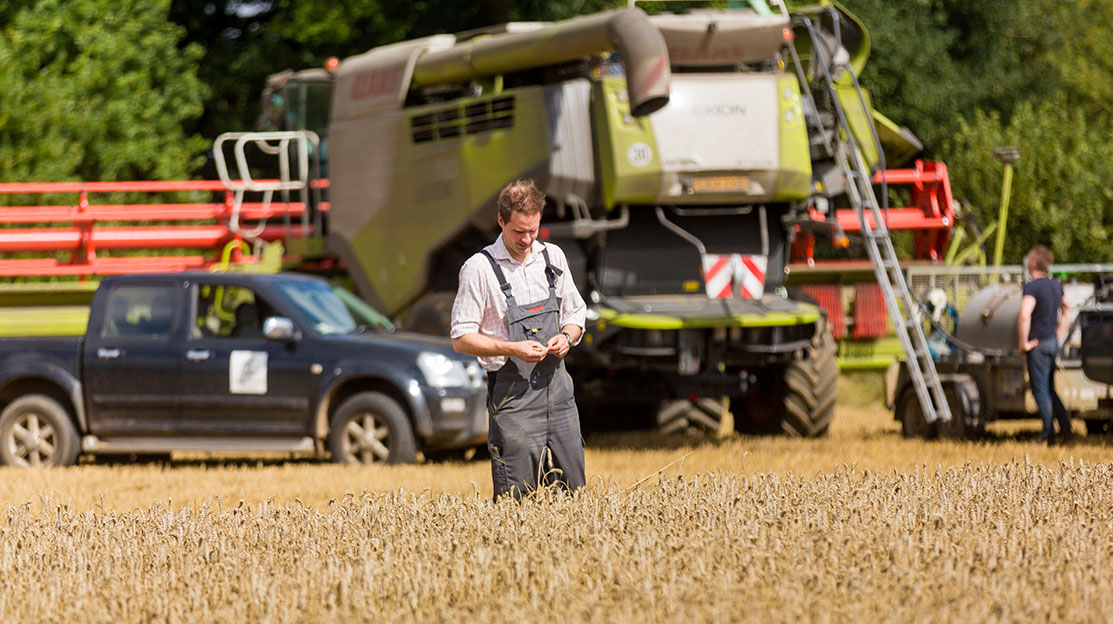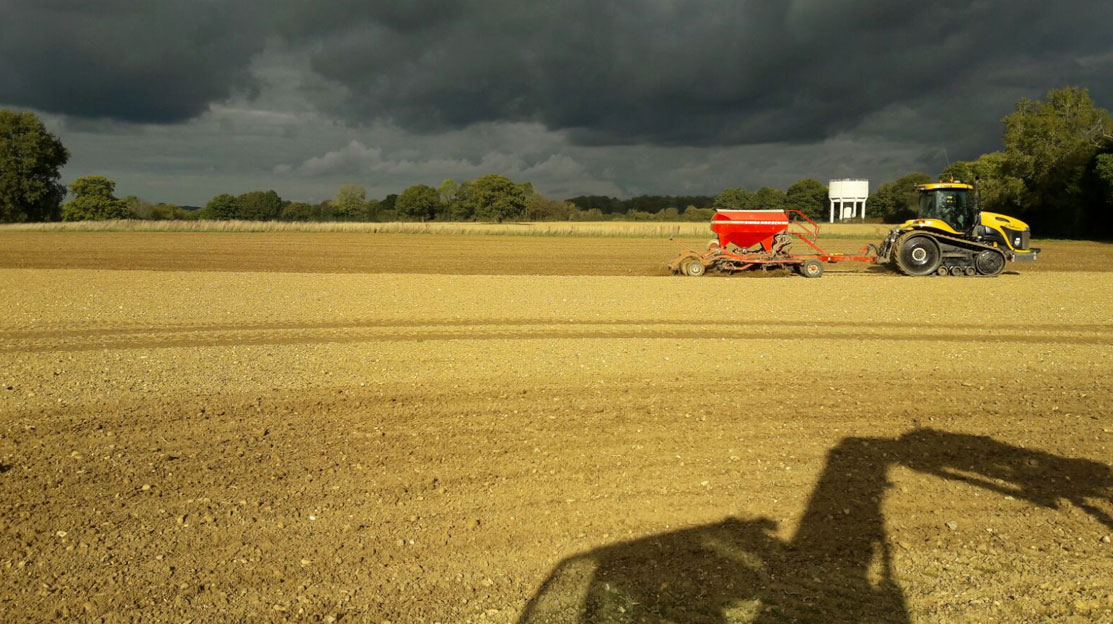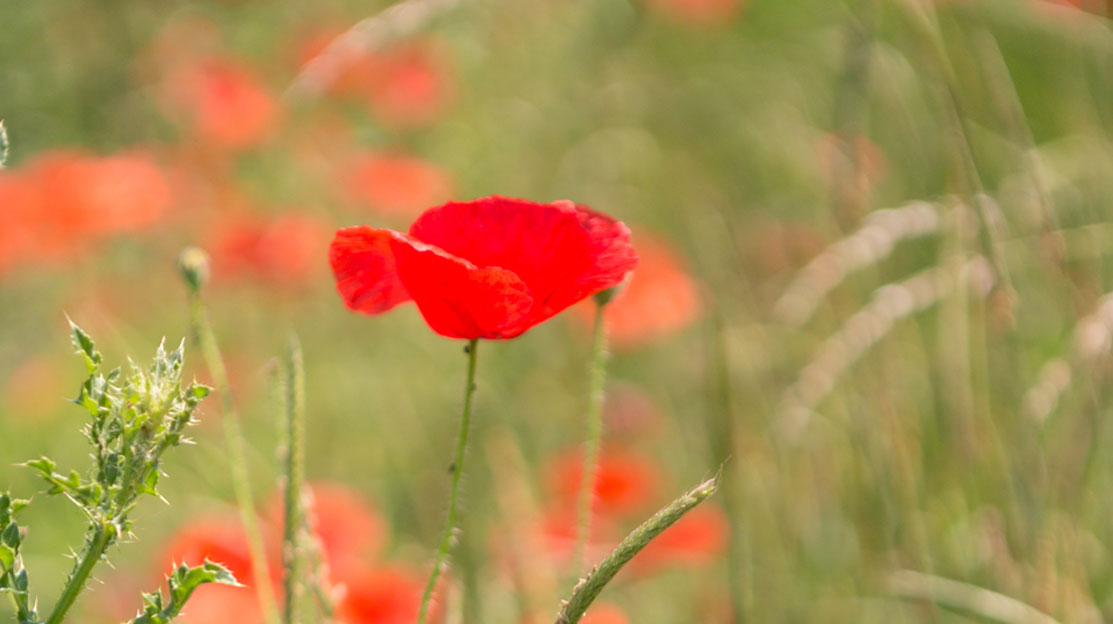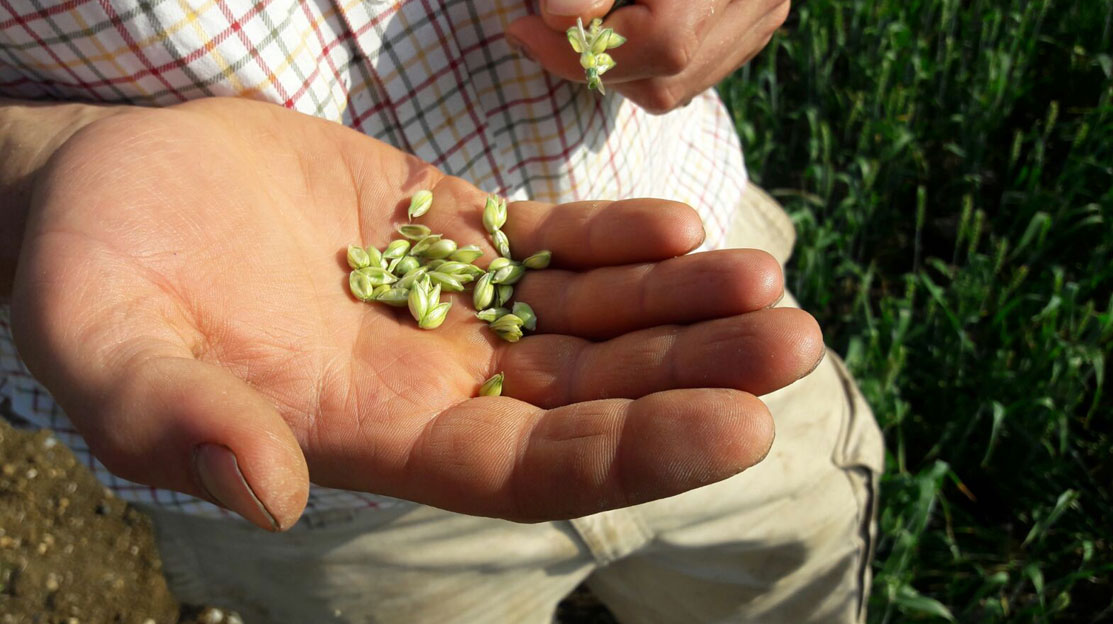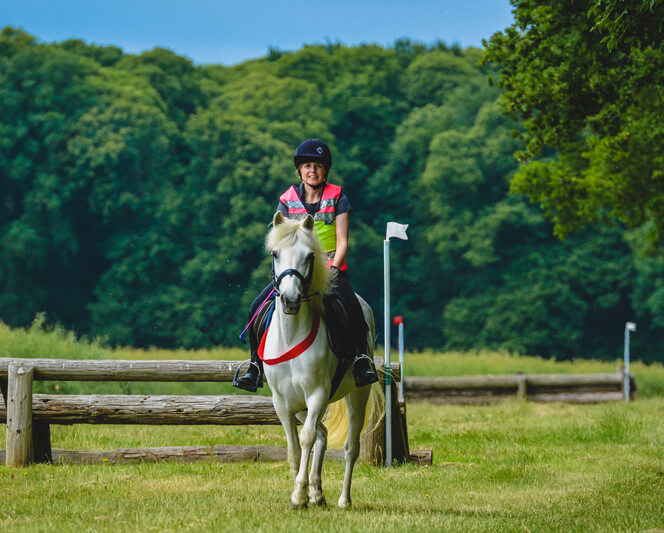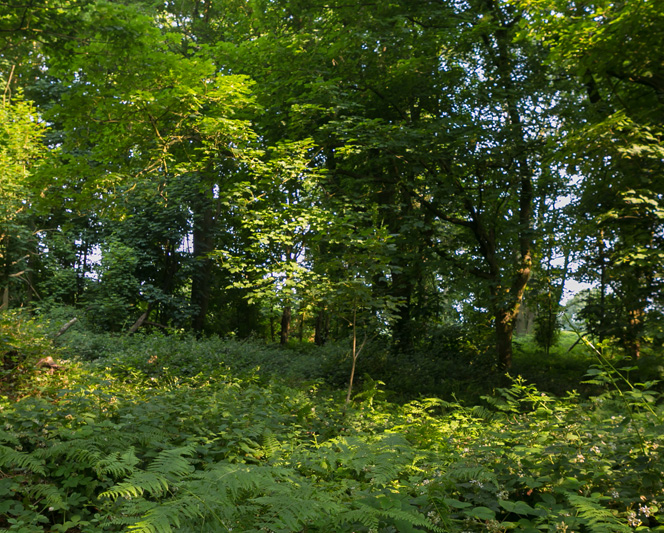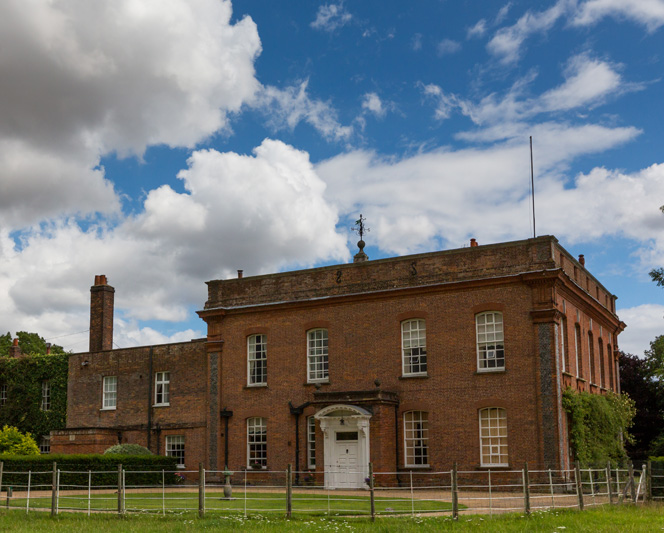Gaddesden Home Farm is run in-hand, with help from a local contractor at busy times such as harvest and drilling (sowing) (July to October). Until recently the farming operation included both a beef and dairy herd, but today our operation is now entirely arable, with a proportion of the grassland let separately to other businesses for grazing.
The cropping regime is adapted annually to the prevailing environmental and economic conditions, but is based around a four-year rotation focusing on wheat and oil seed rape, with breaks growing beans, barley or oats. Produce goes for a variety of uses, including bread-making and animal feed, predominantly here in the UK. All produce from the farm is certified by the Red Tractor logo.
While not organic, the farm is managed with soil health as a priority, with activities aimed at enhancing soil structure and organic matter and the use of a range of minimum cultivation techniques. Precision farming techniques – such as the use of satellite imagery and GPS technology to vary the rate of inputs (for example seed and fertiliser) depending on need – are also fundamental to the business.
The farm has been involved in environmental stewardship schemes since the 1990s, and is currently in a Higher Level scheme. This means that there are lots of field margins planted specially to provide food for pollinators and birds, and the hedgerows are managed carefully in accordance with a three-year plan. Much of the grassland is also managed with conservation in mind, with restrictions on the amount of artificial fertiliser applied, and there is a dedicated wildflower meadow incorporated into the farm.
The cropping regime is adapted annually to the prevailing environmental and economic conditions, but is based around a four-year rotation focusing on wheat and oil seed rape, with breaks growing beans, barley or oats. Produce goes for a variety of uses, including bread-making and animal feed, predominantly here in the UK. All produce from the farm is certified by the Red Tractor logo.
While not organic, the farm is managed with soil health as a priority, with activities aimed at enhancing soil structure and organic matter and the use of a range of minimum cultivation techniques. Precision farming techniques – such as the use of satellite imagery and GPS technology to vary the rate of inputs (for example seed and fertiliser) depending on need – are also fundamental to the business.
The farm has been involved in environmental stewardship schemes since the 1990s, and is currently in a Higher Level scheme. This means that there are lots of field margins planted specially to provide food for pollinators and birds, and the hedgerows are managed carefully in accordance with a three-year plan. Much of the grassland is also managed with conservation in mind, with restrictions on the amount of artificial fertiliser applied, and there is a dedicated wildflower meadow incorporated into the farm.

